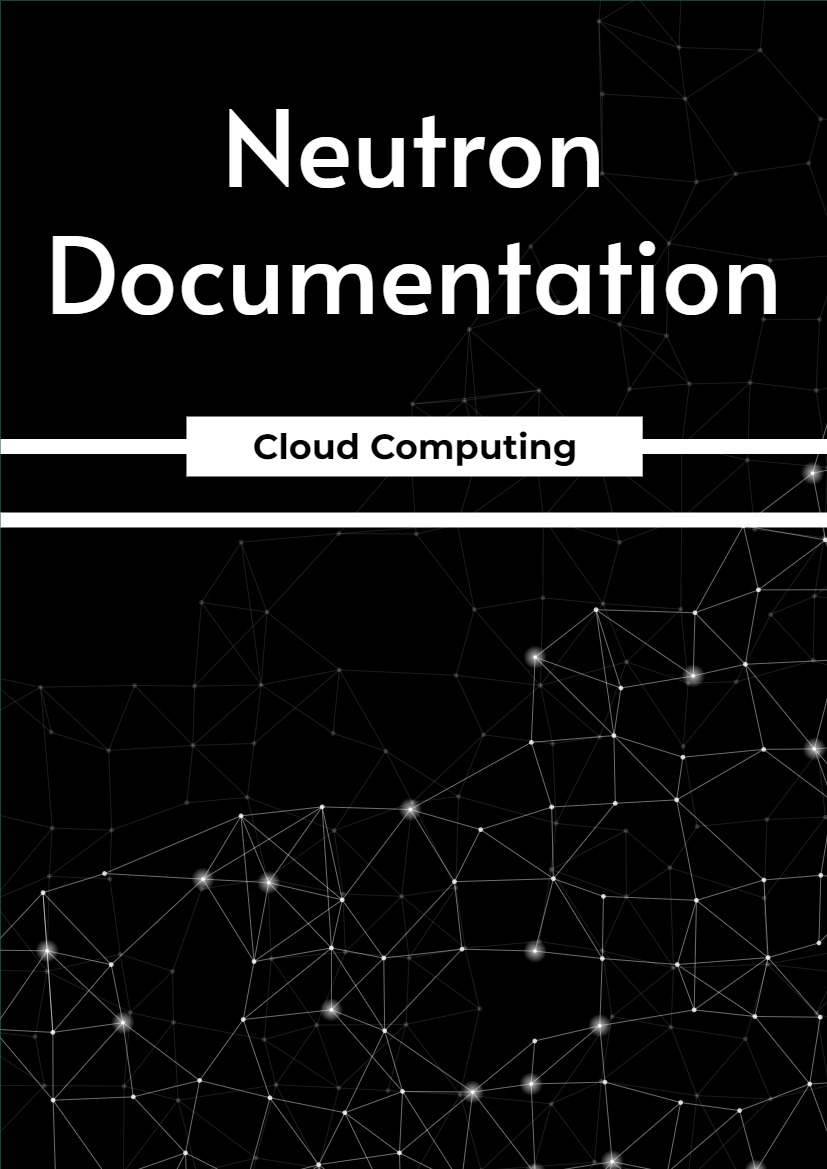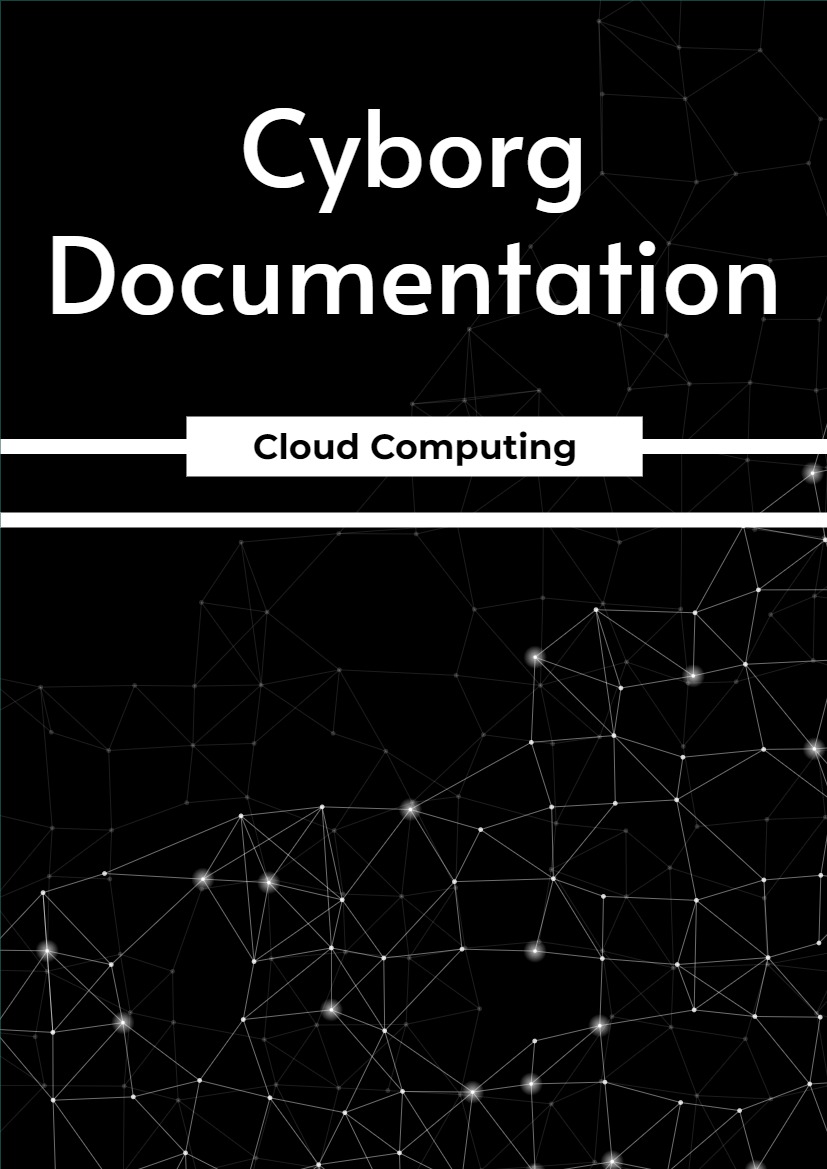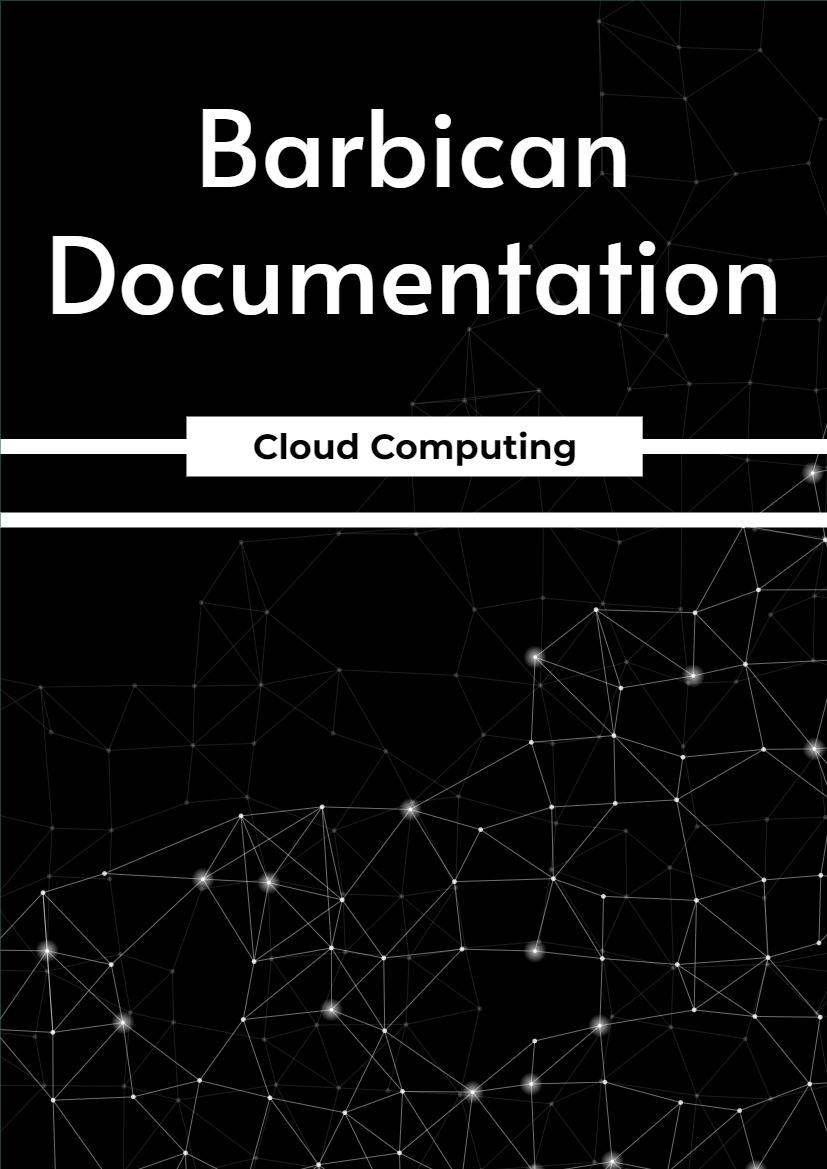Neutron is an OpenStack project to provide network connectivity as a service between interface devices (e.g., vNICs) managed by other OpenStack services (e.g., nova). It implements the OpenStack Networking API.
This documentation is generated by the Sphinx toolkit and lives in the source tree. Additional documentation on Neutron and other components of OpenStack can be found on the OpenStack wiki and the Neutron section of the wiki. The Neutron Development wiki is also a good resource for new contributors.
Enjoy!
Chapter One – Overview
The OpenStack project is an open source cloud computing platform that supports all types of cloud environments. The project aims for simple implementation, massive scalability, and a rich set of features. Cloud computing experts from around the world contribute to the project. OpenStack provides an Infrastructure-as-a-Service (IaaS) solution through a variety of complementary services. Each service offers an Application Programming Interface (API) that facilitates this integration. This guide covers step-by-step deployment of the major OpenStack services using a functional example architecture suitable for new users of OpenStack with sufficient Linux experience. This guide is not intended to be used for production system installations, but to create a minimum proof-of-concept for the purpose of learning about OpenStack. After becoming familiar with basic installation, configuration, operation, and troubleshooting of these OpenStack services, you should consider the following steps toward deployment using a production architecture:
- Determine and implement the necessary core and optional services to meet performance and redundancy requirements.
- Increase security using methods such as firewalls, encryption, and service policies.
- Implement a deployment tool such as Ansible, Chef, Puppet, or Salt to automate deployment and management of the production environment.
1.1 Example architecture
The example architecture requires at least two nodes (hosts) to launch a basic virtual machine (VM) or instance. Optional services such as Block Storage and Object Storage require additional nodes.
Important: The example architecture used in this guide is a minimum configuration, and is not intended for production system installations. It is designed to provide a minimum proof-of-concept for the purpose of learning about OpenStack. For information on creating architectures for specific use cases, or how to determine which architecture is required, see the Architecture Design Guide.
This example architecture differs from a minimal production architecture as follows:
- Networking agents reside on the controller node instead of one or more dedicated network nodes.
- Overlay (tunnel) traffic for self-service networks traverses the management network instead of a dedicated network.
For more information on production architectures, see the Architecture Design Guide, OpenStack Operations Guide, and OpenStack Networking Guide.
(Fig. 1: Hardware requirements)
1.1.1 Controller
The controller node runs the Identity service, Image service, management portions of Compute, management portion of Networking, various Networking agents, and the Dashboard. It also includes supporting services such as an SQL database, message queue, and Network Time Protocol (NTP).
Optionally, the controller node runs portions of the Block Storage, Object Storage, Orchestration, and Telemetry services.
The controller node requires a minimum of two network interfaces.
1.1.2 Compute
The compute node runs the hypervisor portion of Compute that operates instances. By default, Compute uses the kernel-based VM (KVM) hypervisor. The compute node also runs a Networking service agent that connects instances to virtual networks and provides firewalling services to instances via security groups.
You can deploy more than one compute node. Each node requires a minimum of two network interfaces.
1.1.3 Block Storage
The optional Block Storage node contains the disks that the Block Storage and Shared File System services provision for instances.
For simplicity, service traffic between compute nodes and this node uses the management network. Pro- duction environments should implement a separate storage network to increase performance and security.
You can deploy more than one block storage node. Each node requires a minimum of one network interface.
1.1.4 Object Storage
The optional Object Storage node contain the disks that the Object Storage service uses for storing ac- counts, containers, and objects.
For simplicity, service traffic between compute nodes and this node uses the management network. Pro- duction environments should implement a separate storage network to increase performance and security.
This service requires two nodes. Each node requires a minimum of one network interface. You can deploy more than two object storage nodes.











